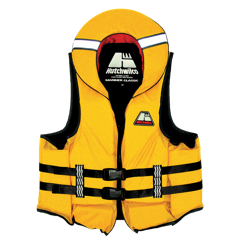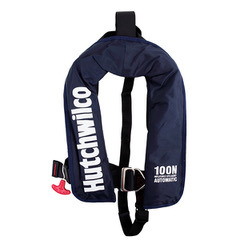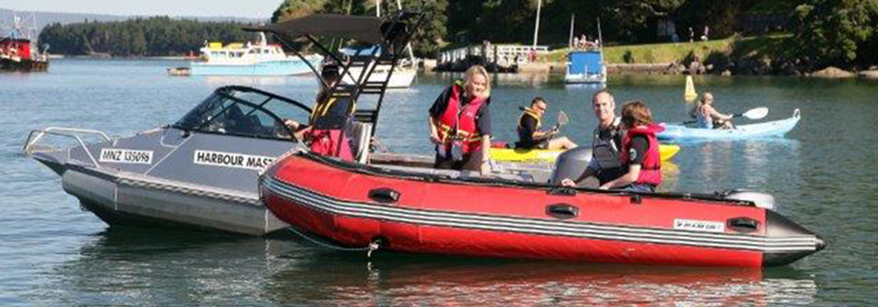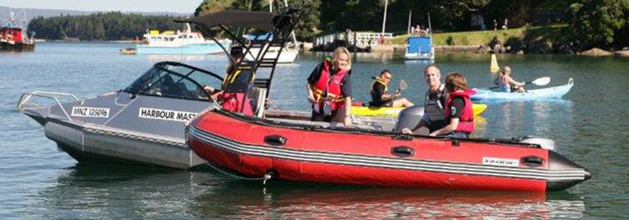The rules
In the Bay of Plenty, lifejackets must be worn at all times unless the skipper has assessed the risks and advised it’s safe to remove them.
It is a legal requirement to wear lifejackets at times of heightened risk, such as when crossing bars, in strong tides or in water that is rough for the size of the craft, and in an emergency.
Crotch straps are essential for children’s lifejackets.
If you are water skiing, using a personal watercraft/jet ski or a paddleboard or kayak we recommend you wear a lifejacket at all times.
 Things to consider when choosing a lifejacket
Things to consider when choosing a lifejacket
There are all kinds of lifejackets for different types of boating situations. It’s important you have the right kind and the right size for the trip you intend to make.
Things to consider:
- The activity – Fishing? Watersports? Kayaking?
- The distance from shore you intend to go.The conditions you are likely to encounter.
Talk to your local supplier or our Harbourmaster Team about what is the best type of lifejacket or other Personal Flotation Device for your activity.
Wearing your lifejacket
Lifejackets only work when worn properly.
- A lifejacket should feel comfortably snug but not too tight.
- Straps should be firmly fastened. They should feel firmly fastened and when you lift your arms the jacket should not rise above your chin.
- Maximum three fingers under shoulder. Lift arms above head, gently lift shoulders of jacket. If jacket raises above the chin, it is too large.
- Most inflatable lifejackets don't automatically inflate or float. This makes it even more important to wear them while you are on board.
- Always read the instructions. Check the manufacturer guidelines located on inside of jacket.
- Use a crotch strap.
- Adult lifejackets should not be worn by children.
 Things to regularly check
Things to regularly check
- The bladder - that it will inflate by using the mouth piece
- Inflatables:
- Check gas cylinder for erosion and it hasn’t been used. Make sure it is screwed in finger tight.
- Inflate bladder through mouthpiece and leave inflated for 24 hours. If bladder deflates get repaired.
- Check outer cover and straps for holes and signs of wear.
We strongly recommend you self-service your lifejacket regularly (at least annually). Take care of your lifejacket/PFD and it will take care of you.


